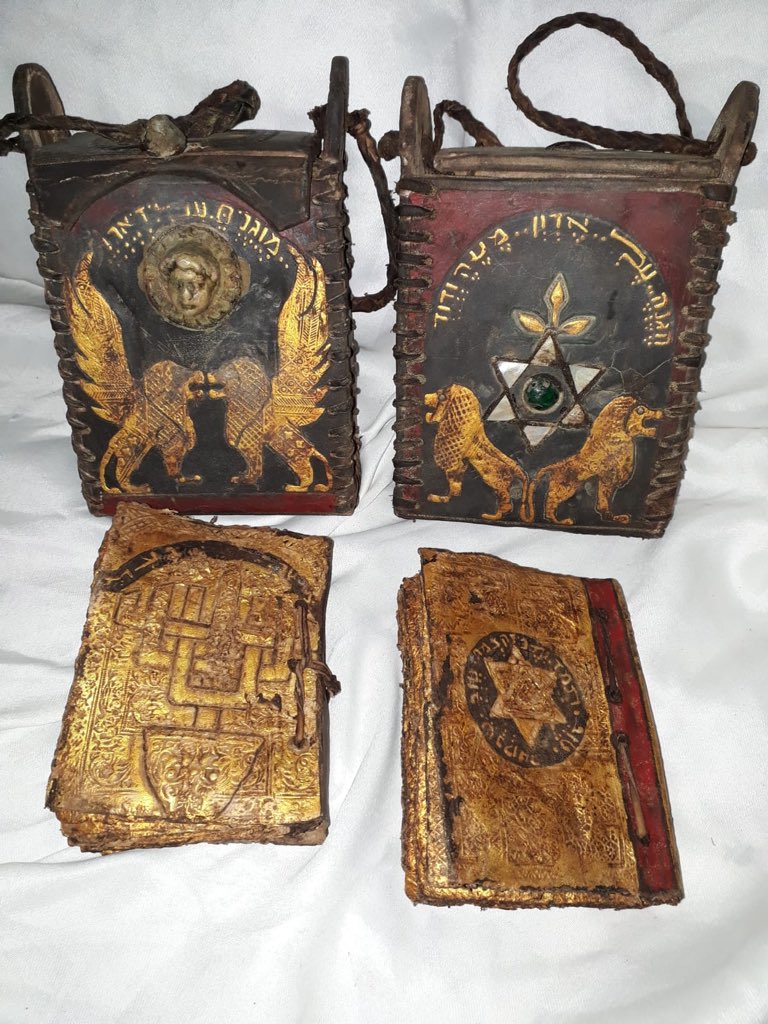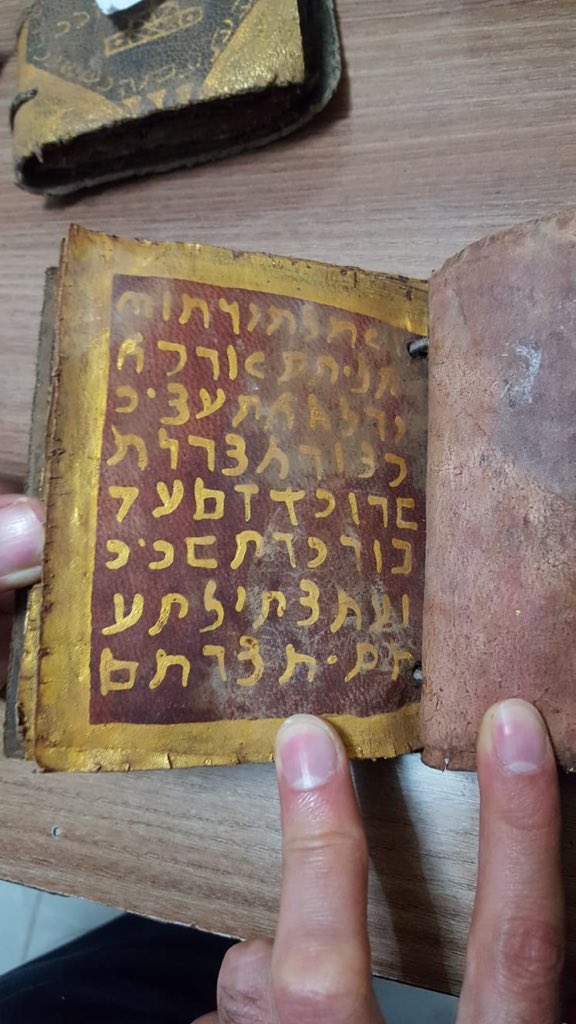This is a Sabean plaque from Yemen, but the letter forms are more rigidly geometric than usually seen, and so at first glance I& #39;d say this is likely a modern fake. Pretending the item is recently looted is a common - and effective - cover story for vendors selling fakes. https://twitter.com/artrecovery/status/1282952398764421120">https://twitter.com/artrecove...
In general, this is one of the great disconnects between the world of provenance researchers and that of actual collectors and dealers. Any collector or dealer will tell you you& #39;re exponentially more likely to be offered a faked antiquity, than a recently looted authentic one.
To successfully sell a fake, the vendor ideally needs a story or a proposition that will cause the buyer to - unwittingly - suspend his normal skepticism and critical facilities. With antiquities, this is usually the implication that the price is low because the item is looted.
After the Gulf War in 1991, there was a flood of cuneiform tablets on the market, almost all of which were clearly looted. There was another glut of tablets after the Iraq War in 2003, but these were almost always faked - but offered with the implication that they were looted.
The brisk market in Turkey for crudely faked Hebrew manuscripts is based on just this psychology - buyers think they are getting a looted item from Syria at a great price (& vendors additionally tap into widely prevalent anti-semitic tropes that Jews conceal priceless artifacts).

 Read on Twitter
Read on Twitter



